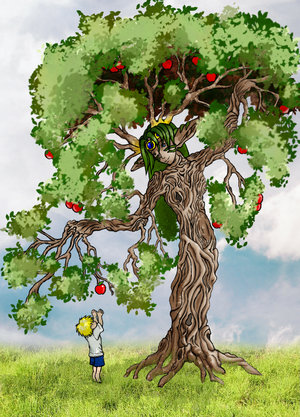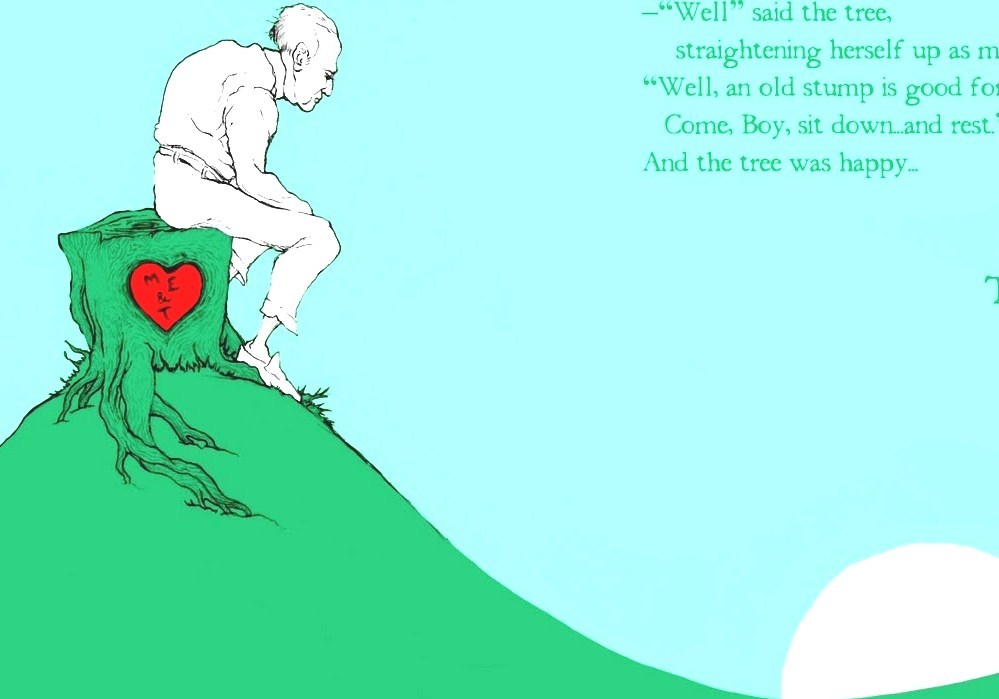


I reflected on its lessons, of course for children, but also for myself as a parent, a grandparent, a lawyer, and as the head of the United Nations World Food Programme (“WFP”). Silverstein’s prose gave me pause for thought. For me, the story raised questions, much like a modern-day parable of life. We enjoyed this story on our first reading even for a six-year-old child, the book raised so many questions. He understood that the tree was happy, even though she was left with nothing, save for the love and company of the boy. He enjoyed the pictures, understood the plot, and finished the book with a smile. The first time I encountered The Giving Tree, my grandson actually did most of the reading. The candid, even cruel, simplicity of The Giving Tree exemplifies Silverstein’s parental logic. In a rare New York Times interview, the unconventional author stated his conviction that happy endings, magical solutions, and mythic heroes serve to alienate children by establishing impossible burdens and expectations that can never be met.

It took him several years to find a publisher willing to break the mold. A man of his time, Silverstein did not believe in cookie-cutter, happily-ever-after stories-especially for children. Written in 1960 and eventually published in 1964, The Giving Tree was a product of this turbulent period. In doing so, Silverstein offers readers young and old an opportunity for reflection and self-critique. He spent his career unearthing humanity’s universal truths and values, even its most uncomfortable ones. His motivations become evident when reading his illustrations, books, and poems, as well as when listening to his songs. And like many Chicagoans, Silverstein did not believe in sugarcoating the truth. Silverstein, like me, was born in Chicago. Since the initial publication, scholars, students, and many others have offered a variety of interpretations and critiques of this short yet provocative work, calling into question not only how women (metaphorically), men, and children interact but also how we as a global society decide to manage our future. Described by its author, Shel Silverstein, as a simple story of a relationship between two people, The Giving Tree reads like a children’s book while offering much food for thought. Some readers disliked the story so much that they wrote an alternative ending, while others celebrated it as a modern-day parable. For fifty years, The Giving Tree, a short illustrated tale revered by adults and loved by children, has provoked outrage and acclaim in equal measure.


 0 kommentar(er)
0 kommentar(er)
